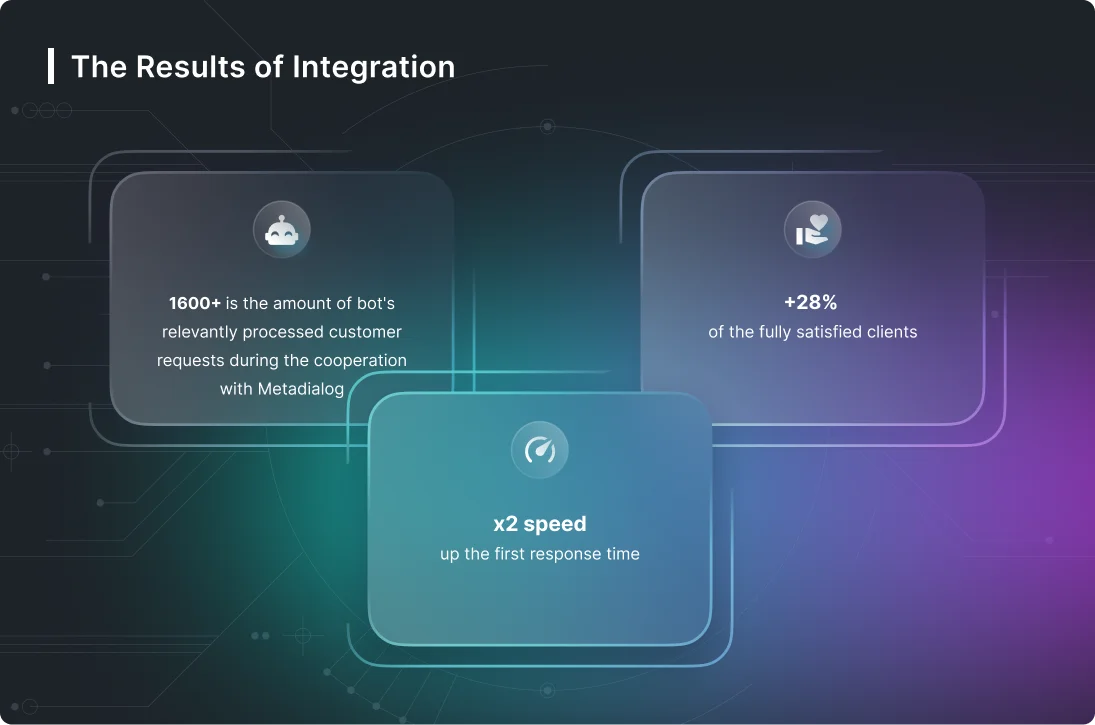Uncategorized
Building conversational AI experiences with gen AI Google Cloud Blog
Copilot Cheat Sheet Formerly Bing Chat: The Complete Guide

This laid the foundation for the following generations of language models to come, from voice assistants like Alexa to those annoying phone tree menus. Yet the majority of chatbots were seldom put to use beyond basic tasks like setting timers. Yet there is ample research to suggest conversational interfaces won’t be one, either. For certain interactions, they can decrease usability, increase cost, & introduce security risk relative to GUIs. A conversational AI system that is always available and requires no human intervention can resolve customer issues promptly and efficiently.
Command lines are far from extinct; technical users still prefer them for their greater flexibility & efficiency. For use cases like software development or automation scripting, the added abstraction layer in graphical no-code tools can act as a barrier rather than a bridge. Chatbots existed before significant NLP advancements led to conversational AI as we know it today.
Can conversational AI help reduce costs?
Message generator component consists of several user defined templates (templates are nothing but sentences with some placeholders, as appropriate) that map to the action names. So depending on the action predicted by the dialogue manager, the respective template message is invoked. If the template requires some placeholder values to be filled up, those values are also passed by the dialogue manager to the generator. Then the appropriate message is displayed to the user and the bot goes into a wait mode listening for the user input. • As AI develops, it will become more useful in construction workflows—and will help builders use their collected data more effectively. Copilot 365 at the enterprise level costs $30/person/month and keeps all data and results in-house and does not share with the internet or Microsoft.
Text completion delivered via written or spoken word is the core capability of an LLM. This makes conversation the simplest package for this capability from a design & engineering perspective. But which of our needs call for conversational interfaces over graphical ones? We see a theoretical solution to our need for companionship in the movie Her, where the protagonist falls in love with his digital assistant.
Evaluating Dialogue Systems
Conversational artificial intelligence (AI) refers to technologies, like chatbots or virtual agents, which users can talk to. They use large volumes of data, machine learning, and natural language processing to help imitate human interactions, recognizing speech and text inputs and translating their meanings across various languages. AI is a hot topic, including conversations about AI chat services, 2D and 3D image generation from text, and even AI architectural design. Interactive AI chatbots like ChatGPT show the technology’s new applications—and shows the new precision of AI. Though the mechanism has been around for some time, the fluent and natural responses of generative AI can learn data patterns and relationships to generate new content.

The overall architecture of Tacotron follows similar patterns to Quartznet in terms of Encoder-Decoder pipelines. We’ll explore their architectures, and dig into some Pytorch available on Github. Also, we’ll implement a Django REST API to serve the models through public endpoints, and to wrap up, we’ll create a small IOS application to consume the backend through HTTP requests at client-side. As an enterprise architect, it’s crucial to incorporate conversational AI into the organization’s tech stack to keep up with the changing technological landscape. Boards around the world are requiring CEOs to integrate conversational AI into every facet of their business, and this document provides a guide to using conversational AI in the enterprise.
First go to the Vertex AI Conversation console to build your data store/knowledge base. Then, you can start to create a transactional agent with multi-turn conversation and call external APIs using Dialogflow. Before diving into the steps, let’s look at the use case that led to creating a conversational AI experience using generative AI. Like many recent language models, including BERT and GPT-3, it’s built on Transformer, a neural network architecture that Google Research invented and open-sourced in 2017. That architecture produces a model that can be trained to read many words (a sentence or paragraph, for example), pay attention to how those words relate to one another and then predict what words it thinks will come next.
- Conversational AI combines natural language processing (NLP) with machine learning.
- This feature alone can be a powerful improvement over conventional search engines.
- For example, you could ask Copilot to create an image regarding the topic of your conversation or perhaps you would like Copilot to create programming code in C# based on your conversation.
- Non-linear conversations provide a complete human touch of conversation and sound very natural.
- It is computed by calculating the cosine-similarity of BERT embeddings of user query and FAQ.
The principal layers that conform to Jasper’s architecture are convolutional neural nets. They’re designed to facilitate fast GPU inference by allowing whole sub-blocks to be fused into a single conversational ai architecture GPU kernel. This is extremely important for strict real-time scenarios during deployment phases. Here below we provide a domain-specific entity extraction example for the insurance sector.
Clients receive 24/7 access to proven management and technology research, expert advice, benchmarks, diagnostics and more. Custom actions involve the execution of custom code to complete a specific task such as executing logic, calling an external API, or reading from or writing to a database. In the previous example of a restaurant search bot, the custom action is the restaurant search logic. Experts consider conversational AI’s current applications weak AI, as they are focused on performing a very narrow field of tasks. Strong AI, which is still a theoretical concept, focuses on a human-like consciousness that can solve various tasks and solve a broad range of problems. When AI is tasked with a job, the results are immediate and unlimited, but not always accurate.
More specifically, it can avoid redundant data storage, improve data quality through cleansing and deduplication, and enable new applications. Modern data architectures also provide mechanisms to integrate data across domains, such as between departments or geographies, breaking down data silos without the huge complexity that comes with storing everything in one place. A data architecture describes how data is managed–from collection through to transformation, distribution, and consumption.
Knowledge integration
Leverage knowledge management tools to build FAQ bots and LLM-powered bots. Personalized interactions with GenAI
The integration of GenAI in Virtual Agent design realizes more natural sounding responses that are also aligned with a company’s identity. For instance, a historian role responds with factual details whereas a storyteller role responds with narrative descriptions. Roles can also improve task efficiency through tooling, such as by assigning a data scientist role to generate responses with Python code.
These are a new type of LLM with significant improvements in natural language understanding. Yet, at the core of a GPT is the earlier innovation of the transformer architecture introduced in 2017 (PDF). This architecture enabled the parallel processing required to capture long-term context around natural language inputs. Diving deeper, this architecture is only possible thanks to the attention mechanism introduced in 2014 (PDF). A branch of machine learning called generative AI drives the bulk of recent innovation.

